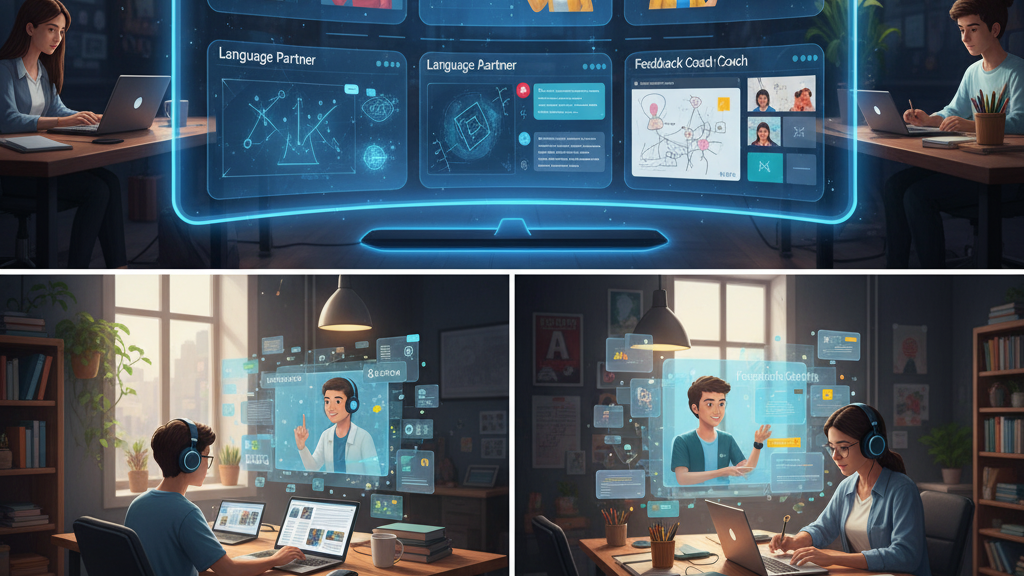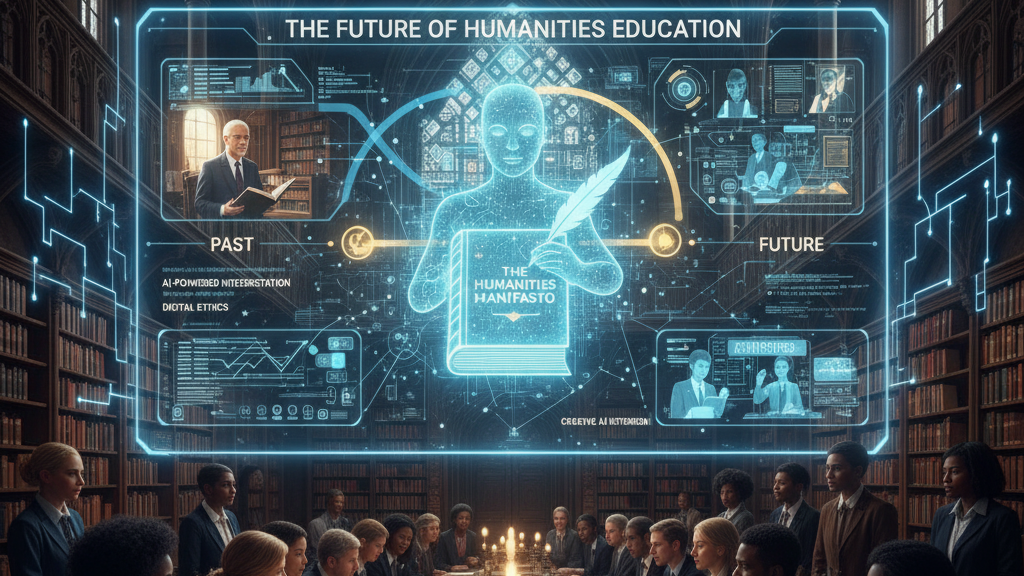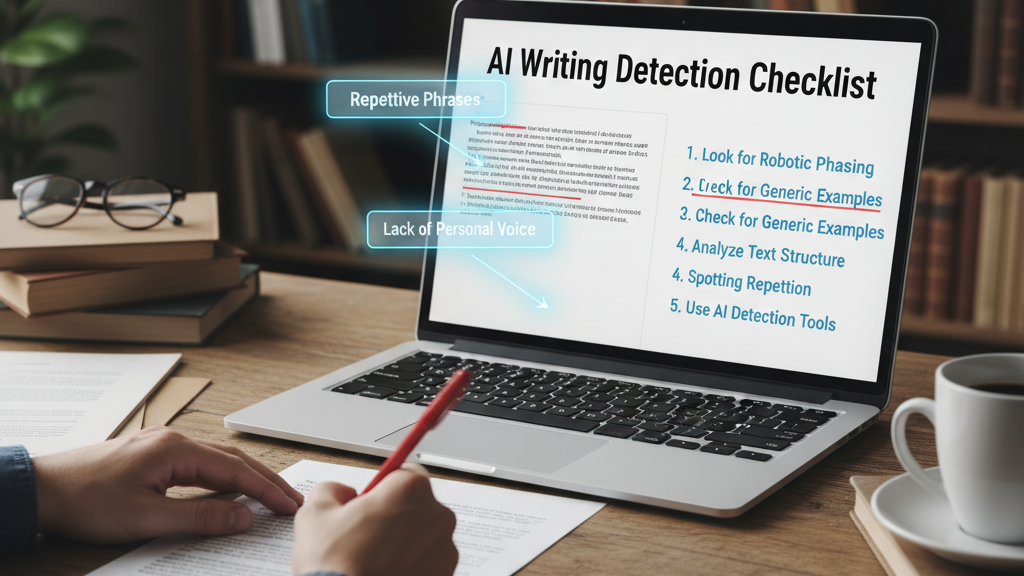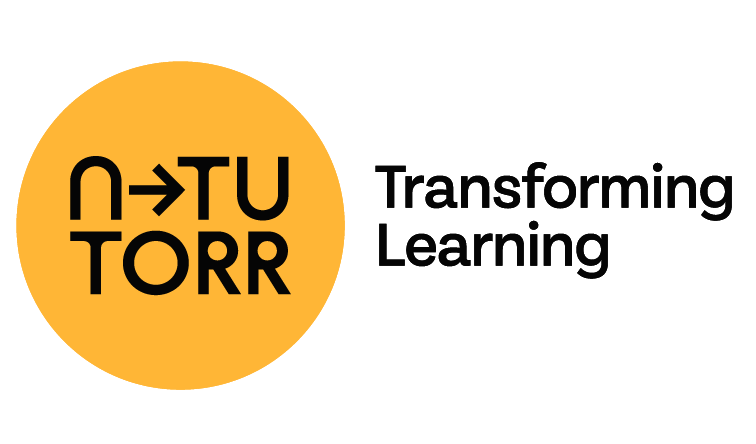
Source
PCMag UK
Summary
Brian Westover explains how AI can enhance learning when used as an active partner, not a shortcut. Drawing on studies from MIT and Microsoft, he warns that offloading critical thinking to AI weakens understanding. Instead, Westover outlines six practical ways to use AI as a learning aid—digitising handwritten notes, organising study materials, creating flashcards, simplifying complex topics, engaging in Socratic dialogue, and practising the Feynman technique. These methods turn AI into a reflection tool that reinforces comprehension, memory, and independent reasoning rather than replacing them.
Key Points
- AI note-taking should complement—not replace—handwriting, which improves retention and understanding.
- Use AI to digitise notes, compile key concepts, and create flashcards for spaced repetition learning.
- Simplify complex topics via prompts such as “Explain like I’m 5” or “In simple English”.
- Apply Socratic dialogue and Feynman techniques to build reasoning, self-explanation, and mastery.
- Treat AI as a study partner to deepen thinking, not as a shortcut for completing tasks.
Keywords
URL
https://uk.pcmag.com/ai/160379/6-smart-ways-i-use-ai-for-learning-without-becoming-lazy
Summary generated by ChatGPT 5





